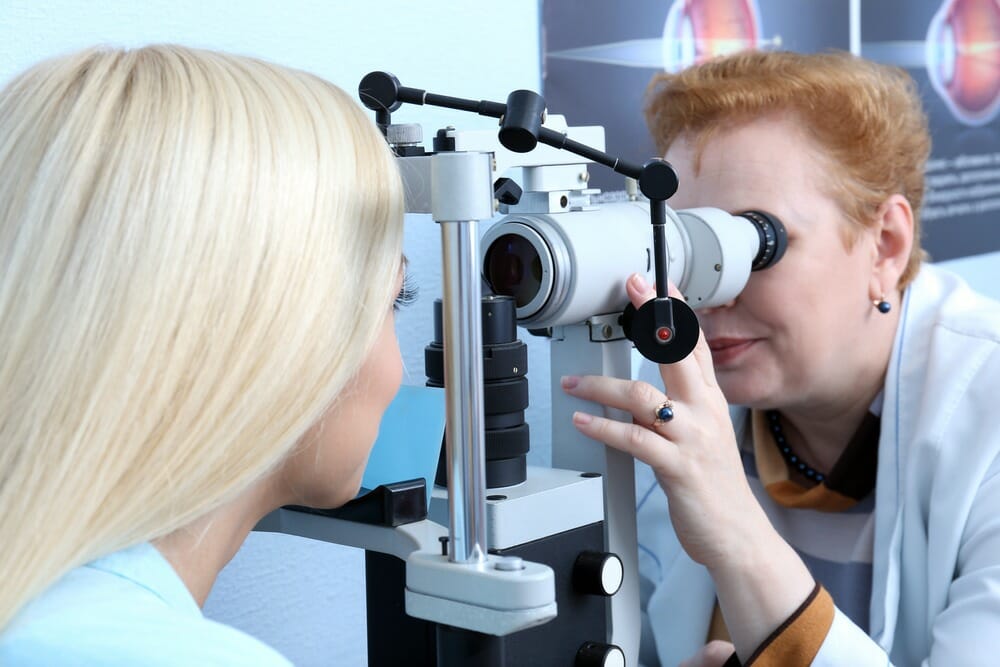Stem Cells Are Pointing Toward a Cure for Age-related Macular Degeneration

Age-related macular degeneration, otherwise known as AMD, may affect as many as fifty million people worldwide (according to some estimates). It is one of the leading causes of blindness in the developed world, and something that comes to affect a great many people in the over-sixty age group. As the baby boomer generation ages, the number of AMD cases is going up. But as a percentage of the population, the number of people affected by this condition is relatively steady.
Concerns about losing the ability to see affect many of us. The old joke about the eyes being either the first or second thing to go, is not a laughing matter for those experiencing AMD and other age-related conditions that affect their ability to see. Blindness is an undesirable condition, no matter a person’s age. Finally, there may be some hope for those currently suffering from AMD and those who are concerned that they will eventually lose their sight.
Understanding AMD
At the center of the back of the eye is an area known as the macula. It is made up of the photoreceptor cells that record the information provided by the retina and transmit it to the brain. In AMD, the cells that feed the macula (RPE cells) simply quit doing their job.
There are two types of age-related macular degeneration—wet and dry. Wet AMD is caused by a sudden growth in the blood vessels that support the RPE cells, resulting in center-sight blindness in a matter of weeks. Wet AMD is also easily treated with a combination of drug and surgical therapies. Dry AMD, on the other hand, takes years to develop and medical professionals currently have no effective way to treat it.
How Stem Cells May Be Able to Help With Dry AMD
Researchers are currently using stem cells to aid them in forming an understanding of how the RPE cells and the cells of the macula work together. In the future, it may be possible to use stem cell therapies to replace the diseased RPE cells with fresh ones, but at this time, research is focused more on understanding the condition than on speculative cures.
There Is Hope for Those With AMD
As with many areas of ongoing contemporary stem cell research, there is cause for hope in the early days of bringing stem cell research and eventual therapies to bear on AMD. At this point, it is too early to proclaim an end to dry type age-related macular degeneration, but the early research is promising.
If nothing else, the discoveries that are made will provide researchers and your eye healthcare professional with the much-needed insight into the disease and the areas affected by it. At the very least, there is hope on the horizon.

